At times the Tamil schools are blamed for social ills amongst Indians. While there is a strong correlation between poverty and crime, blaming Tamil schools simply because they are the sanctuary for the poor is a bizarre nexus duped with misconception. Unless the truth of the issue is fully ventilated, such simplistic inferences would continue to haunt the credibility of the Tamil school system.
Firstly, there is zero research indicating that Tamil schools are one of the reasons for gangsterism or crime amongst Indians. Such certainty is founded on all available researches over the last decade on crime and social ills.
Azlina Abdullah, a UKM academic in her literature review titled ’Themes and Issues on Social Problems in the First Decade of the 21st Century in Malaysia’, covered 150 publications from 2000 to 2010 on social ills ranging from violent crimes to misdemeanours of school children. She had classified the categories and none pointed fingers to the medium of instruction in schools as a causal factor for the commission of crimes.
The root of the misconception is due to the fact that Tamil schools are the main medium of instruction at primary level that cater for children from the lower income group. More than 90 per cent of the Indians from the bottom forty per cent (B40) of the Indian community send their children to Tamil schools.
Root cause is poverty and displacement
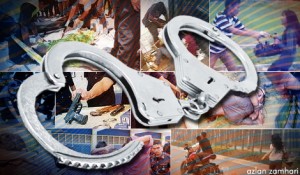 Marcus Aurelius’s quote, ‘poverty is the mother of crime’, and Nobel Laureate Pearl S Buck’s quote that, ‘hunger makes a thief of any man’ are reminders of the long standing human history since the Roman empire that has condemned poverty for its propensity to cause people to commit crimes.
Marcus Aurelius’s quote, ‘poverty is the mother of crime’, and Nobel Laureate Pearl S Buck’s quote that, ‘hunger makes a thief of any man’ are reminders of the long standing human history since the Roman empire that has condemned poverty for its propensity to cause people to commit crimes.
In modern times, poverty has become relative. With socio economic disparity and income inequality, there would always be a class of people within the system who would continue to remain as victims of an extractive economic system. The creation of poverty is not by choice but by design. One will be in debt the moment cost of living exceeds income level.
Currently, our government’s minimum wage policy is set at RM 1,000 per month. Khazanah Research Institute in its 2016 report identified that 11.7 per cent of the households with an average family size of about 4.5 people have a monthly income of less than RM 2,000. These households at best would be living hand to mouth and are unlikely to meet the demands for a quality life.
An empirical study by senior academics Dr Chor Foon Tang and Dr Sezali Md Darit of USM published in the Economic Journal of Malaysia in 2015 investigated the macroeconomic determinants of crime from 1970 to 2013. The findings positively identified that poverty and unemployment are the root causes for the commission of crimes. On 23 April 2016, the Home Minister in a written reply in Parliament stated that of the 23,186 persons arrested for violent crimes 55 per cent were Malays and 33 per cent Indians.
A field study documented by Dr Hasan Bahrom from UiTM Terengganu on inmates in correctional centres in the East Coast in 2004, covering over 204 respondents concluded that about 80 per cent of the respondents’ monthly household income was less than RM 1,000, of which 40 per cent of them were with household income less than RM 500.
 Amar Singh Sidhu of the Royal Malaysian Police College of Kuala Lumpur, in his pioneering academic work reported in 2005 had analysed crime data for the period 1990 to 2002. Having analysed income levels of 49,243 convicted prisoners, he concluded that the income level is directly linked to the propensity to commit crime. Amar pointed out that 95 per cent of the prisoners were earning below RM 1,142 per month and this was indeed an alarming signal.
Amar Singh Sidhu of the Royal Malaysian Police College of Kuala Lumpur, in his pioneering academic work reported in 2005 had analysed crime data for the period 1990 to 2002. Having analysed income levels of 49,243 convicted prisoners, he concluded that the income level is directly linked to the propensity to commit crime. Amar pointed out that 95 per cent of the prisoners were earning below RM 1,142 per month and this was indeed an alarming signal.
Amar in his analysis attributed the manifestations of urban poverty as a factor for the over representation of Indians in gang related activities. He argued that marginalization, alienation and the absence of access were causal factors that deprived the once plantation based community for being pushed out of the mainstream development. The rural urban displacement had uprooted their inter-dependent livelihood and culture.
It becomes evidential that after decades of toiling for the growth of the plantation industry, the once productive workers were dumped to fend for themselves without any social security net. While the fittest survived, many were trapped in the urban poverty and became dysfunctional. Ostracized by government policies, they were not part of the 1970s New Economic policies, meant to eradicate poverty irrespective of ethnic identities. For them unemployment, under employment and low paying jobs were unwelcomed incentives to commit crime.
‘Tamil education or no education’
In his pioneering work in 1987, Dr T. Marimuthu, calling the Tamil schools the Cinderella of the whole Malaysian educational system, sums it up as follows:
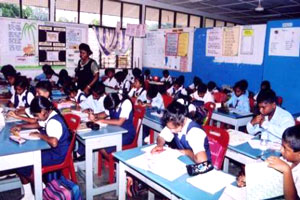 ‘… children of the plantation poor, schooled in the neighbourhood Tamil school, have not been able to use the school as an avenue of educational and social mobility. This is due to the host of socio-economic and cultural factors originating from the home as well as the low quality of schooling…failure (of the children) is individualized and not externalized. The individual takes the blame. In the world of work,… (they) fill the unskilled, slightly skilled and semi-skilled occupational categories.. Now the wheel completes full circle; the son of a plantation worker becomes a better plantation worker.’
‘… children of the plantation poor, schooled in the neighbourhood Tamil school, have not been able to use the school as an avenue of educational and social mobility. This is due to the host of socio-economic and cultural factors originating from the home as well as the low quality of schooling…failure (of the children) is individualized and not externalized. The individual takes the blame. In the world of work,… (they) fill the unskilled, slightly skilled and semi-skilled occupational categories.. Now the wheel completes full circle; the son of a plantation worker becomes a better plantation worker.’
In an unpublished paper, Dr R. Thillainathan, an economist, cautioned in 1988 that for the Tamil children from poor homes it is either ‘Tamil education or no education’. He linked factors such as mother tongue language as an immediate communication tool; proximity of schools and cultural shock for Tamil-speaking children from poor homes in a non-Tamil speaking environment, as determinants. There was truth in this notion. From 1990 to year 2000, the enrolment in Tamil schools declined both in relative terms as well as in real numbers.
The year 1993 recorded the highest enrolment of about 104,600 children enrolling in the Tamil schools. However, this number dropped to about 90,280 in year 2000. The drop is despite the fact that during the same period there was an increase in the school-going population.
A quantitative estimate of children in the school system for the year 1998 showed some 15,000 Indian children within the age range of 6 to 11 were not enrolled in the school system. It is unlikely that these children belonged to any other group but the working class.
One plausible explanation could be that the period 1990 to 2000 marked an era of rapid development of the economy, in particular the development of agricultural land banks. This led to large scale migration of plantation labour to urban areas, causing an acute drop in the enrolment in Tamil schools in the plantations. This did not lead to a corresponding increase in the urban school enrolment. This meant that these 15,000 children were not in the school system mainly due to the unavailability of Tamil schools in the urban setting. One may ask, why were they not in the mainstream schools?
Poor performance is poverty-based
Are the academic performances of the children and the medium of instruction inter-related? Often the Tamil schools bear the brunt of the blame for the poor performance of the children. Dr R. Santhiram tends to argue that the socio-economic status of the children is more significant than the medium of instruction.
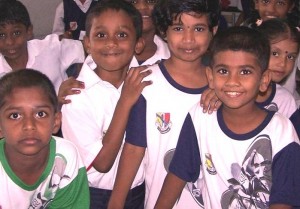 His research based on a vertical study published in 1999 on children from poor socio-economic backgrounds in both national schools and Tamil schools did not reveal any significant difference in their performance, except in the Malay language subject.
His research based on a vertical study published in 1999 on children from poor socio-economic backgrounds in both national schools and Tamil schools did not reveal any significant difference in their performance, except in the Malay language subject.
There is no proven correlation to link that the performance of Tamil school children is inferior to that in other mediums. Currently, Tamil schools are in an upward trend. Their performances are comparable to the national average.
It is imperative to delink Tamil schools with social ills and gangsterism. Any assertion to debate and discuss the topic of social ills and its relation to the medium of instruction must be evidential and not speculative. Social ills require serious policy framework and the continuing trend is symptomatic of ineffective policies.
The widening inequality in wealth accumulation cannot be corrected by meagre adjustments in income inequality. As recognized in the Khazanah Research Institute’s 2016 report, with rising costs of living people in the bottom have become financially insecure and in need of structural remedies.
Thus blaming the Tamils schools for the social ills is a fatal misconception.
* K. Arumugam is the adviser of the Tamil Foundation.



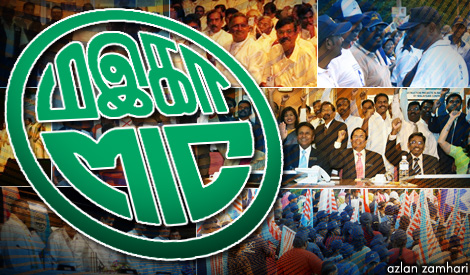
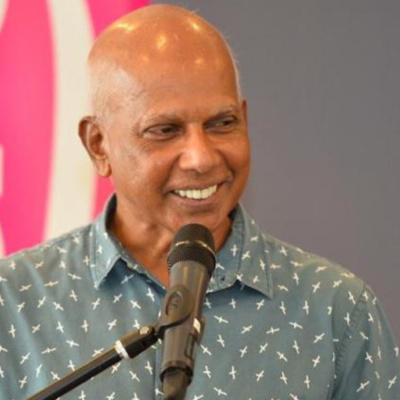



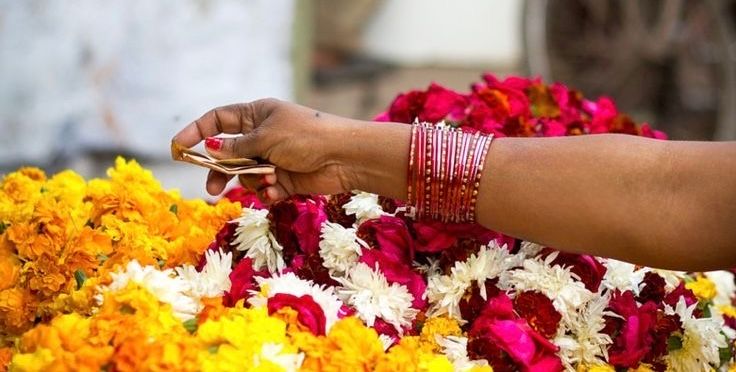
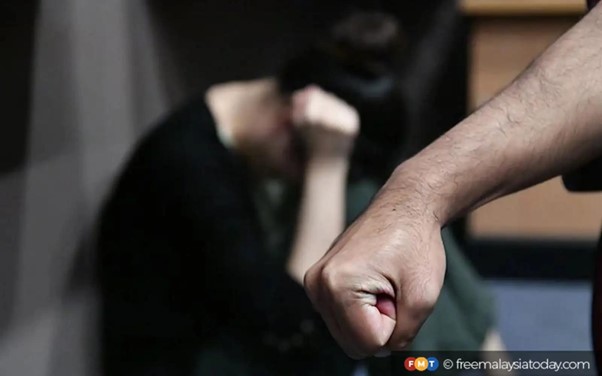

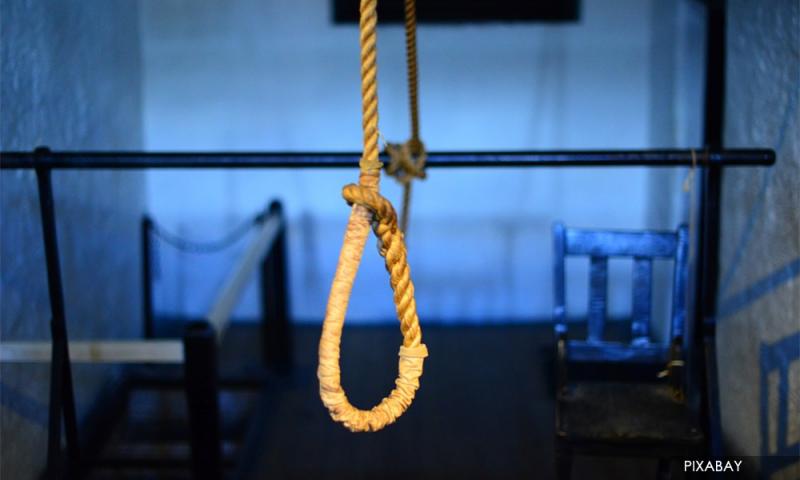

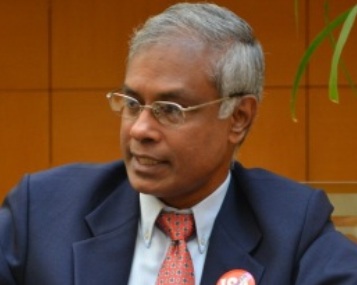
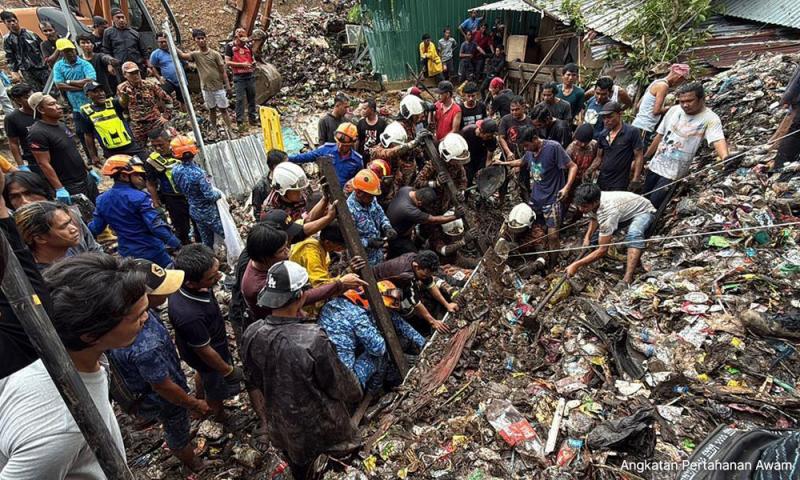

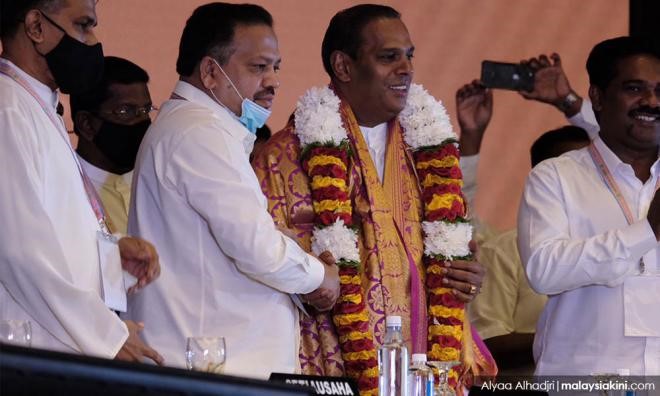



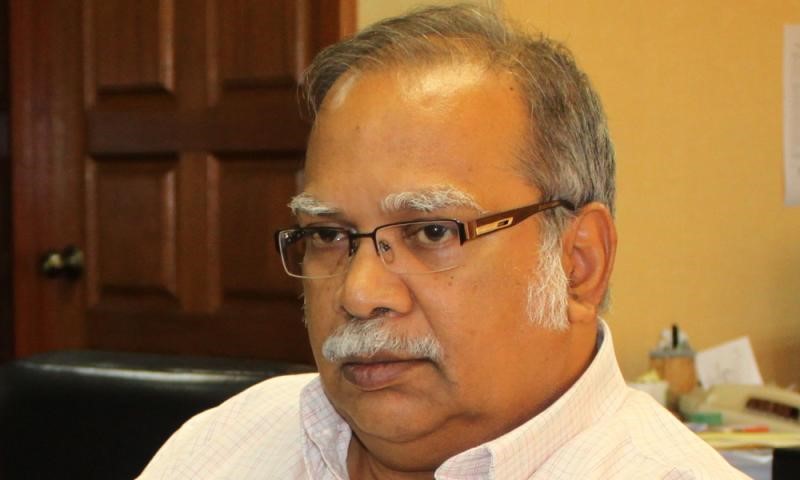
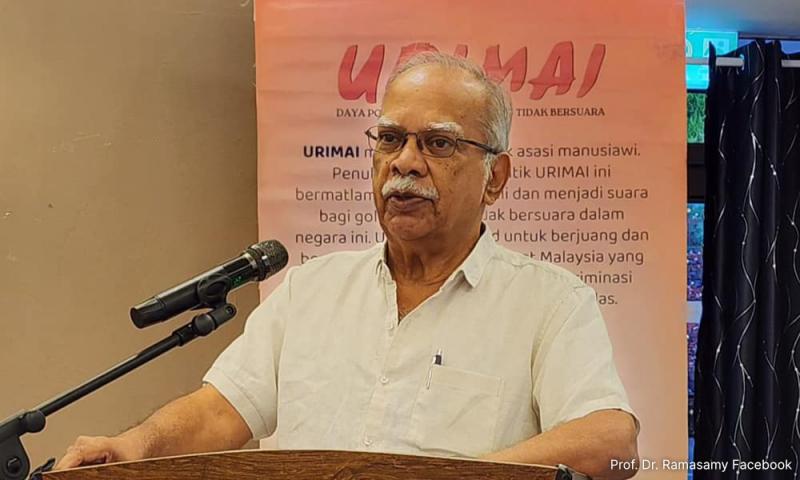





அடே! அறிவுகெட்டவனே, குற்றத்திற்கு குலம் காரணமல்ல. சாதியம் என்ற பெயரில் ஒதுக்கலையும், தீண்டாமையும் செய்து தமிழனை வாழ விடாமல் செய்த மேட்டுக்குடி புத்திதான் காரணம்.
I don’t agree with you ade. Piraamins are just a small community in our country. Most of them are Pusarees in Temples. Don’t just blame one community for all the evils being done. It is our responsibility and we are to be blamed!
படித்த மேதாவிகளே இதற்கு மேலேம் எவனாவது எங்கள் தமிழ் பள்ளிகளையும் ! தமிழ் பள்ளியில் பயிலும் கள்ளம் கபடம் அற்ற செல்வங்களை பட்ட்றி தர குறைவாக பேசினாலோ ! எழுதினாலு ! செருப்படி நிச்சயம் ! இத்தோடு நிறுத்தி கொள்ளுங்கள் ! குண்டர் கும்பலை உருவாக்கிய அரசியல் வாதிகளை பொய் கேளுங்கள் !! யார் இந்த சமுதாயத்தின் இழி நிலைக்கு காரணம் என்று !! தமிழ் பள்ளிகளையும் ! தமிழையும் ! தமிழ் கற்றவனையும் ! தாழ்வாக பேசி திரியாதீர்கள் விளைவு விபரீதமாக இருக்கும் ! ஆறுமுகம் தயவு செய்து நிறுத்த சொல்லுங்கள் ! முடிந்தால் பயனுள்ள ஆலோசனைகள் தர சொல்லுங்கள் இல்லையென்றால் ! வாயை பொத்தி குண்டு இருக்க சொல்லுங்கள் !
abraham terah சார் , first time , I appreciate your thoughts .